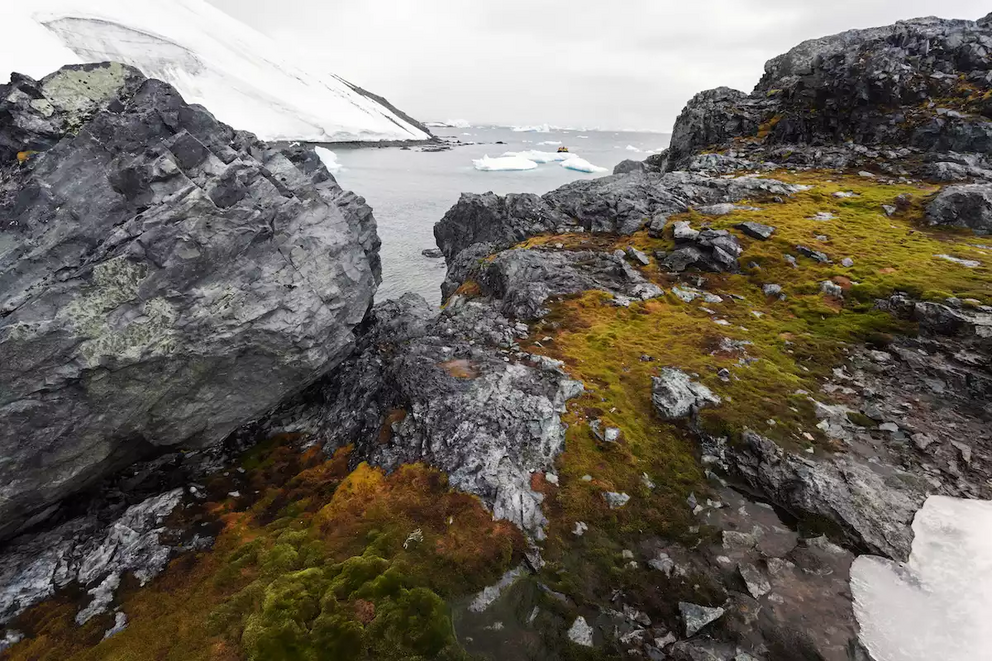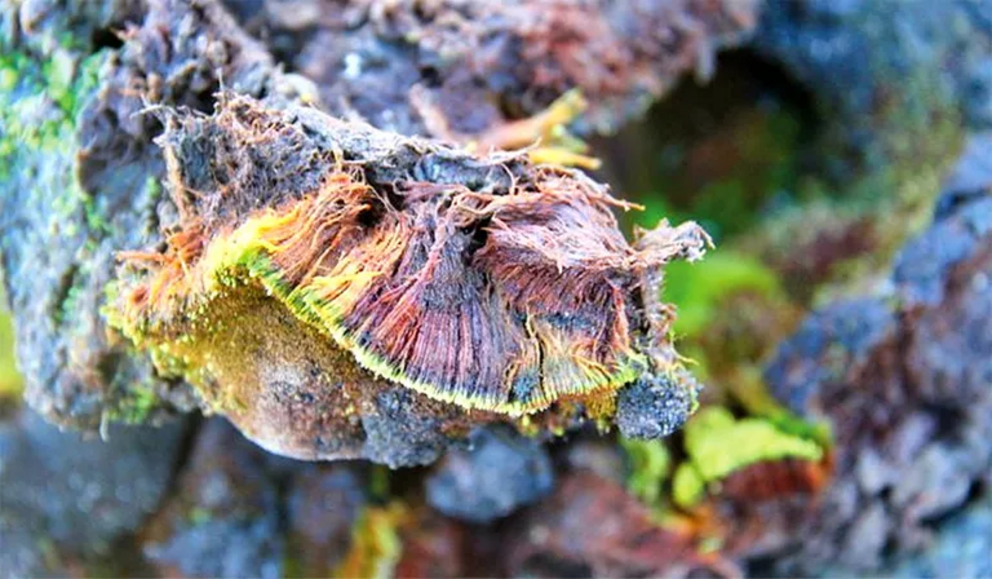New plant species discovered in Antarctica
The moss species is named Bryum bharatiensis after the Hindu goddess of learning.
Scientists have confirmed that a species of moss discovered in Antarctica by Indian scientists in 2017 is indeed a new species. Identification is always a time-consuming process. It has taken five years to confirm that this species had not been discovered before and that it was unique. Indian scientists spent half a decade sequencing the plant's DNA and comparing it to other known plants.
Indian polar-biologist Professor Felix Bast, working at the Bharati research station, discovered this dark green moss species at Larsemann Hills, overlooking the Southern Ocean. Biologists based at the Central University of Punjab have named the species Byrum bharatiensis. The research station and the moss take their name from the Hindu goddess of learning.
The research station Bharati is a permanently manned station that has been in operation since 2012. This is India's third Antarctic research facility, and one of two still operational along with the Maitri station which was commissioned in 1989. India has had a scientific presence on the continent since 1983-1984. But this is the first time that a new plant has been discovered by Indian scientists working in the region.
Amazing Moss

Mosses are non-flowering plants, which reproduce not through seeds but through sporophytes and spores. There are currently around 12,000 different species that have been identified globally, and over 100 have been found on Antarctica. This new moss species now adds to their number.
Mosses are ecosystem engineers. Research now suggests that the environmental changes moss made when it started to spread on land 470 million years ago started the Ordovician ice ages. Changes to marine ecosystems and a drop in atmospheric carbon dioxide allowed the formation of ice caps on the poles.
This particular moss is a fascinating example of plant tenacity – clinging on and surviving in the most unlikely of environments. Only 1% of Antarctica is ice-free, and scientists were fascinated by how this moss could survive in this dramatic landscape of rock and ice.
They found this moss grew mainly in areas where penguins bred in large numbers. The plants fed on their nitrogen-rich waste. In this climate, the moss does not decompose, and the plants are able to obtain the nitrogen and other nutrients they need from the manure.
Plants also need sunlight and water. Scientists say they do not yet fully understand how this moss can survive under thick winter snow cover with no sunlight, and temperatures far, far below zero. However, it is believed that the moss dries up and becomes entirely dormant during this time, and germinates again in September when they begin to get sunlight once more. The dried-up, dormant moss then absorbs water from the melting snow.
Worrying Signs of Antarctic Greening
Scientists were alarmed by the evidence of climate change they observed during the expedition when this new moss was found. They saw melting glaciers, breaking ice sheets, and melt-water lakes on top of ice sheets.
Due to the warming up of Antarctica, areas not previously vegetated are becoming home to plants that could not previously survive the frozen continent. This Antarctic greening is concerning for a range of regions.
In some locations, moss is really taking over. As marine biologist and Antarctic expert Jim McClintock has previously stated, “In the places that we’ve stopped and gone to shore over the last 11 or 12 years—gosh, some of them have really greened up. You’ll see a big rock face, and it has gone from a light covering of green moss, to this dense emerald green.”
Greening is turning Antarctica rapidly into a more "typical" global temperate ecosystem, which threatens the polar biodiversity and the unique species which call this extreme environment home. As mentioned above, mosses are ecosystem engineers—shaping their environment in new ways— the impacts of which are not yet fully understood.
And the impacts of polar greening could be felt far beyond these polar regions. A leading biologist Professor Raghavendra Prasad Tiwari, vice chancellor of the University of Punjab highlighted that one of the issues with greening in Antarctica is we do not know what lies under the thick ice sheets. He warned that there could well be pathogenic microbes that could emerge as the environment changes and global warming continues.
Antarctica has long been thought of as a "canary in the coal mine" when it comes to global warming. The proliferation of mosses on the frozen continent is one more reminder that we must act fast to halt the degradation of this precious ecosystem—and other precious ecosystems around the world.

